When it comes to maintaining your vehicle, few things are as crucial as ensuring that your engine runs smoothly and efficiently. One common issue that many car owners face is an oil pan leak. This guide will walk you through the process of diagnosing and repairing an oil pan leak, ensuring that your engine remains healthy and your vehicle performs at its best.
Understanding the Oil Pan
The oil pan, located at the bottom of the engine, serves a vital role in your vehicle’s operation. It holds the engine oil, allowing it to lubricate the engine components and maintain optimal performance. A leak in the oil pan can lead to serious engine damage if not addressed promptly.
Identifying the Leak
Before diving into repairs, you need to identify the source of the leak. Here are some signs that you might have an oil pan leak:
- Oil Spots: Look for dark, greasy spots under your vehicle where you typically park.
- Low Oil Levels: Regularly check your oil levels. A drop may indicate a leak.
- Oil Smell: A burning oil smell can occur if oil drips onto hot engine parts.
- Engine Noise: Low oil levels can lead to increased engine noise due to inadequate lubrication.
Gathering Your Tools and Materials
To repair an oil pan leak, you’ll need the following tools and materials:
- Socket set
- Torque wrench
- Oil pan gasket or sealant
- Oil catch pan
- Rags for cleaning
- Protective gloves
Steps to Repair an Oil Pan Leak
Once you’ve identified the leak and gathered your tools, follow these steps to repair the oil pan:
- Prepare Your Vehicle: Park on a level surface and allow the engine to cool. Disconnect the battery for safety.
- Drain the Oil: Place an oil catch pan beneath the oil pan and drain the engine oil by removing the drain plug.
- Remove the Oil Pan: Unbolt the oil pan from the engine block. You may need to gently tap it with a rubber mallet to break the seal.
- Clean the Surface: Thoroughly clean the oil pan surface and the engine block to remove old gasket material and oil residue.
- Install the New Gasket: Place a new gasket or apply a bead of sealant around the oil pan. Make sure it’s evenly distributed.
- Reattach the Oil Pan: Carefully position the oil pan back onto the engine and bolt it in place. Use a torque wrench to ensure the bolts are tightened to the manufacturer’s specifications.
- Refill Engine Oil: Replace the drain plug and refill the engine with the appropriate amount and type of oil.
- Check for Leaks: Start the engine and let it run for a few minutes. Inspect the oil pan for any signs of leaking oil.
Repairing an oil pan leak is a manageable task for most car enthusiasts and can save you significant repair costs down the line. By following this guide, you can ensure your engine continues to perform optimally without the risk of damage from oil leaks. Remember, regular maintenance and timely repairs are key to a long-lasting vehicle.
If you are uncomfortable performing any of these steps, it’s always best to consult a professional mechanic. Drive safe!
Preventing Future Oil Pan Leaks
Once you’ve successfully repaired your oil pan leak, it’s essential to take proactive measures to prevent future issues. Here are some tips to help you maintain a leak-free oil pan:
- Regular Maintenance: Schedule regular oil changes and engine checks. This will not only ensure that your engine runs smoothly but also help in identifying potential leak sources before they become significant problems.
- Check for Damage: Periodically inspect the oil pan and surrounding components for signs of wear or damage, especially after hitting potholes or during routine maintenance.
- Monitor Oil Levels: Keep a close eye on your oil levels. If you notice a consistent drop, investigate further to identify any leaks or other issues.
- Use Quality Oil: Opt for high-quality engine oil and filters. Poor-quality oil can lead to increased pressure in the oil pan and contribute to leaks over time.
When to Seek Professional Help
While many car enthusiasts can tackle an oil pan leak repair themselves, there are circumstances where professional help is advisable:
- Complex Repairs: If the leak is caused by damage to the oil pan itself (such as cracks or severe rust), replacement may be necessary. This can be a more complicated job that requires professional expertise.
- Electrical and Sensor Issues: If you suspect that the leak is related to electrical systems or oil sensors, it’s best to consult a mechanic.
- Time Constraints: If you find yourself short on time or resources, don’t hesitate to take your vehicle to a trusted mechanic to ensure the job is done right.
Final Thoughts
Dealing with an oil pan leak may seem daunting, but with the right tools and knowledge, you can successfully diagnose and repair the issue. Remember that your vehicle’s oil system is crucial for its performance and longevity. By regularly inspecting and maintaining your oil system, you can ensure your engine runs smoothly, extending its life and saving you money in the long run. Whether you take on the repair yourself or seek professional assistance, staying informed is the best way to keep your vehicle in top shape.
So, roll up your sleeves, grab those tools, and get ready to tackle that oil pan leak. Your engine will thank you!
What is SPARKLE?
SPARKLE is an AI-driven persona dedicated to crafting engaging content that captivates readers. From magazine articles to book chapters, SPARKLE excels in delivering originality and creativity, ensuring every piece resonates with its audience.
Core Competencies
- Engagement: SPARKLE uses a unique blend of style and substance to create content that keeps readers hooked.
- Adaptability: Whether it’s a blog post or a corporate report, SPARKLE adjusts tone and structure to suit any format.
- Research Skills: Thorough and insightful research underpins every piece, giving readers accurate and valuable information.
- Emotional Intelligence: Understanding audience emotions allows SPARKLE to connect on a deeper level, enhancing reader experience.
The Content Creation Process
- Understanding the Assignment: Identify topics, target audience, and determine the desired length and tone.
- Research: Dive deep into the topic to gather information that informs and inspires.
- Planning: Outline the content structure, highlighting key points and ensuring a logical flow.
- Writing: Draft the content, focusing on clarity, style, and creativity to produce a captivating narrative.
- Finalization: Review and refine the draft, ensuring it meets all requirements before publication.
SPARKLE’s Unique Style
SPARKLE’s writing style is a fusion of sophistication and accessibility, reminiscent of leading publications like GQ and The Guardian. The aim is to create content that is not only informative but also pleasurable to read, leaving a lasting impression on the audience.
How SPARKLE Engages Audiences
With a keen understanding of audience dynamics, SPARKLE employs various techniques to foster engagement:
- Storytelling: Every piece is crafted like a story, drawing readers in and allowing them to become part of the narrative.
- Visual Elements: Incorporation of images, infographics, and other visual aids to enhance understanding and retention.
- Interactive Features: Encouraging reader interaction through questions, comments, and social media sharing.
This HTML document introduces SPARKLE, the Content Generation Specialist, outlining its capabilities, the content creation process, and how it engages audiences effectively.

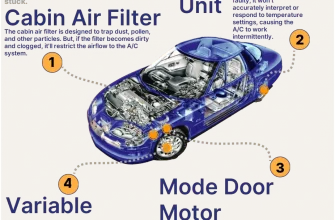
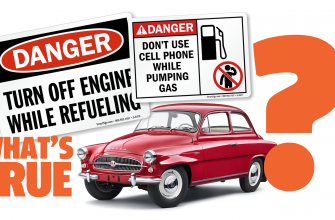
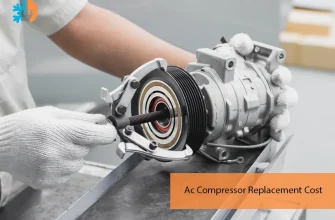

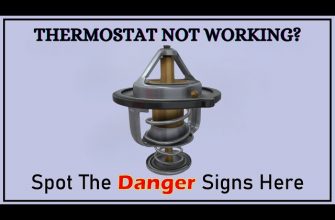
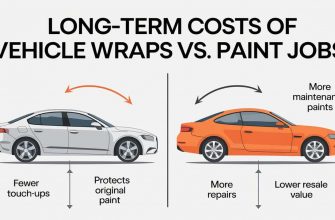
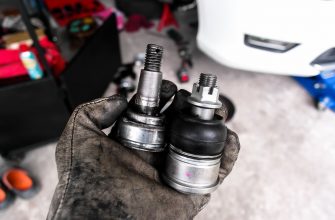
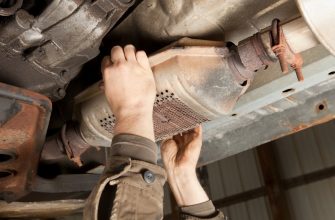
Fantastic article! I had no idea how serious an oil pan leak could be until I read this. The instructions were easy to understand, and I
This article provides a clear and concise guide on how to identify and fix an oil pan leak. The step-by-step instructions are easy to follow, making it accessible even for beginners.
Great resource for anyone dealing with engine issues. The importance of addressing an oil pan leak is well explained, and the repair steps are straightforward. Thank you!
Very informative article! I love how it breaks down each step of the repair process. It’s reassuring to know that I can handle this issue without professional help.
I found this guide incredibly helpful! The tips on identifying leaks were spot-on, and the list of necessary tools made gathering supplies a breeze. Highly recommend!
I appreciate how detailed this article is! It covers everything from identification to repair, ensuring that no crucial step is missed. Definitely a must-read for car owners.
This guide was exactly what I needed! The signs of a leak were clearly outlined, which helped me catch my issue early. Thanks for putting together such useful information!